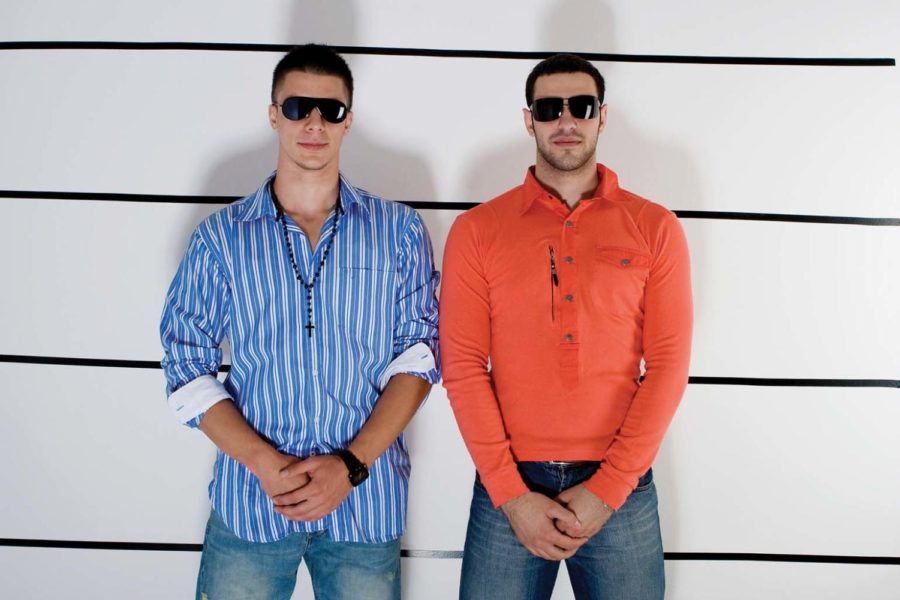Vriezen: Police should change lineup procedures
line up
September 2, 2011
The scene is the same. A nervous-looking individual behind one-way glass. On the other side: a row of potential suspects. This is what a stereotypical police lineup will look like on your average “Law and Order” episode. However, it looks like police departments in real life may be following some different practices.
A recent article by the New York Times reports that current psychological research indicates traditional methods used to identify suspects by eyewitnesses may be responsible for unjust convictions. Courts in states such as New Jersey are looking to revamp their eyewitness identification methods to reflect the fallibility of eyewitness accounts.
Iowa State’s own Professor Gary L. Wells said, “No court has ever taken this topic this seriously or put in this kind of effort.” With the issue to be brought before the United States Supreme Court in November, the inner workings of police forces around the nation could change substantially.
The idea that lineup methods could be flawed, or perhaps unintentionally pressuring witnesses toward a certain suspect, has many police departments unhappy. Of course, no one really likes being told they are doing it wrong, but as we learn more about the nature of the human mind, it is imperative that we change and adopt new practices that increase the likelihood of a correct account of events.
Some may feel like they are personally being told their methods are flawed, or that they have been influencing witnesses, intentionally or not. Some may feel like the protocols their police department follows are not causing a problem, or that the system they use isn’t resulting in any misidentification issues. But an estimated 25,000 incorrect identifications are made by eyewitnesses each year, leaving a sizable number of people accused of crimes they are innocent of.
Instead of opposing police lineup reform, the police, judges, jurors and citizens alike should be supportive of definite standards for police identification procedures. The police can do their part to find the correct suspect through adopting procedures such as blinded lineups or sequential presentation of suspects. Judges and jurors should understand the current research in the field of eyewitness research and how it may affect the evidence presented in a trial. Perhaps, most importantly, citizens should simply be informed of their own fallibility, and the fallibility of of others. If we know our memories are not perfect, not concrete, and that we may sometimes be wrong, we can take greater responsibility for our identifications and take greater care that we are sure of the face we choose.
As police officers around the country may be faced with these changes in the coming months, we must remember that the findings of decades of research does not question the integrity of individuals. It does not judge the practices of states. It works to protect the innocent and provide increasingly reliable witnesses when possible, and ensure the susceptibility of human memory is taken into account. When criminal cases come down to important testimonies by eyewitnesses, practices should reflect the current scientific consensus on the subject.

















